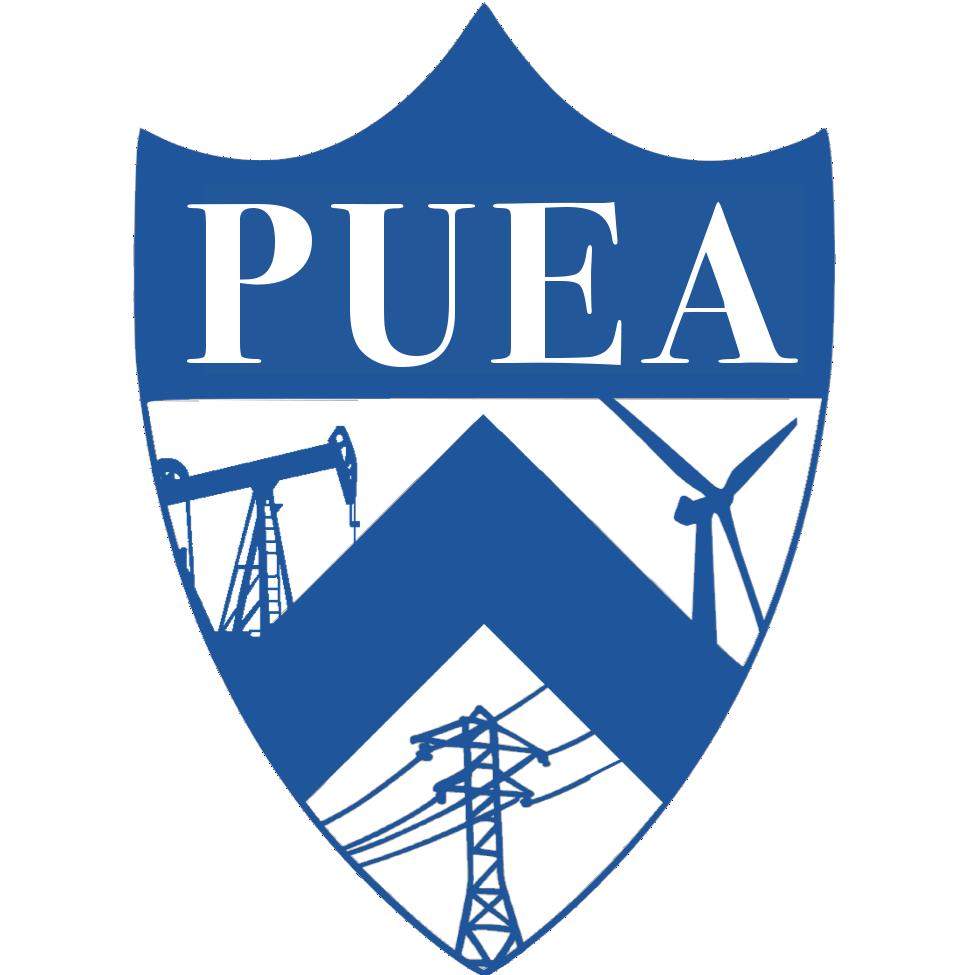Volume 4, Issue 6
October 22, 2017 – October 28, 2017
Jason Mulderrig '18 | Will Atkinson '18 | Anushka Dasgupta '19 | Joe Abbate '18 | Amy Amatya '21
The Department of Energy will continue receiving public comments on its report on grid reliability until the end of today. The report found that the (1) low cost and quick construction of natural gas plants, (2) subsidies to solar and wind power (e.g. via state renewable portfolio standards), and (3) flattened demand for energy over the past decade have all contributed to the continual decline in the use of coal and nuclear power. They argue that maintaining these “baseload” sources in the energy portfolio is important for mitigating high-risk, low-probability shutdowns of the grid. What’s more, the economic damage from coal and nuclear facility retirements continues to weigh heavily on communities in which they are based. One potential counter-measure based on this analysis is a subsidy to those energy facilities that maintain a 90-day supply of fuel on hand. Reply comments will be issued by November 7, and a decision on action will be made by the Federal Energy Regulatory Agency by November 22. Already there has been an influx of dissenting opinions citing that coal and nuclear facilities also can be forced offline (e.g. due to freezing conditions), that the competition from solar and wind is due not to subsidies but better technology, and that this plan would merely raise costs for consumers. -JAA
What is the national energy guarantee and is it really a game changer?
October 17, 2017 | The Guardian | Katharine Murphy
To try to appease Australia’s vigorous energy policy debates, the prime minister Malcolm Turnbull is proposing a “national energy guarantee” policy. Energy suppliers would have to ensure reliability with quickly dispatchable sources, but still need to reduce emissions (toward Australia’s Paris agreement goal of a 26% reduction from 2005 to 2030). Conservatives have blocked more direct approaches, so this regulation-based proposal is viewed as a compromise. This insightful explainer article notes that the policy is still in the blueprint stage; see this article for the initial story. -WA
Trump Plan for Coal, Nuclear Power Draws Fire From Environmental, Oil Groups
October 22, 2017 | Wall Street Journal | Timothy Puko
Psst! Princeton students can now access WSJ for free. Activate your subscription here to read the full article and many more.
A Department of Energy proposal recently submitted to the Federal Energy Regulatory Commission has made unlikely allies of renewable energy and oil companies, who are concerned that its suggested subsidies for coal-fired plants and nuclear power will undermine competition in the U.S. energy industry. The proposed changes are intended to make the energy grid more resistant to price spikes and natural gas shortages. -AD
This Floating Wind Farm Is The World’s First. It Won’t Be The Last
October 19, 2017 | NBC | Patrick Caughill
Scotland has installed the world’s first floating wind farm (Hywind Project) off Peterhead, capable of powering 20,000 homes. This isn’t the first or last time Scotland has spearheaded movement toward green energy: last year, they installed the world’s first large-scale tidal energy farm, and they recently announced the goal of becoming “zero carbon” by 2020. -AA
Why Puerto Rico’s Electric Grid Stood No Chance Against Maria
October 16, 2017 | FiveThirtyEight | Maggie Koerth-Baker
Puerto Rico’s electric grid is still badly damaged and mostly inoperable just several weeks removed from the impact of Hurricane Maria. However, the Puerto Rican electric grid was weak even before Maria arrived: power plants are aged, maintenance has always been conducted reactively, and the salty ocean air quickly corrodes electrical equipment placed throughout rough, mountainous, and rural terrain. To make matters worse, as an isolated island country, the power plants run on imported oil, which has risen in price in recent years, and has forced the Puerto Rican customers to begrudgingly cover through higher rates. Clearly, a total redesign of the system is needed to get the Puerto Rican grid up to the standard of the American mainland grid. -JPM





